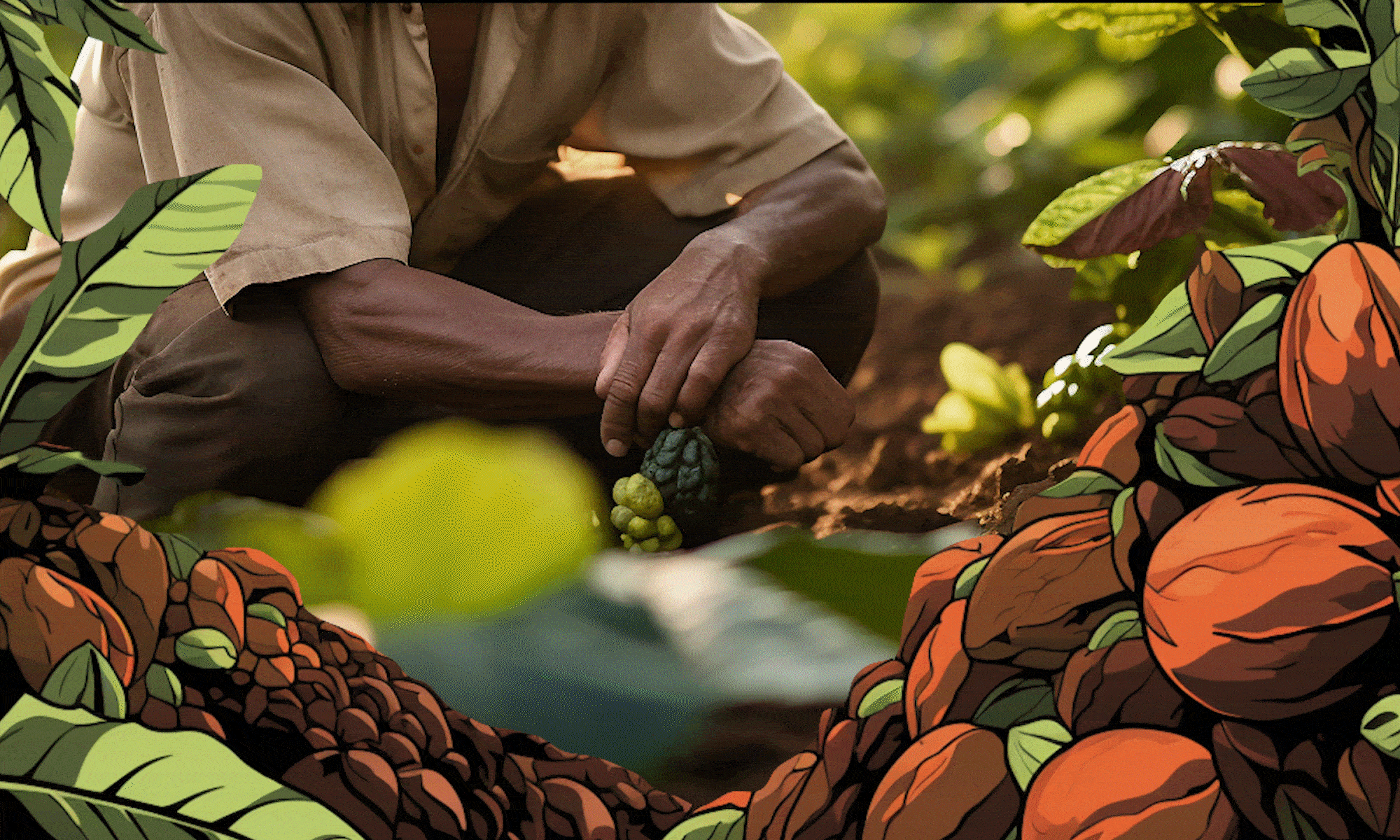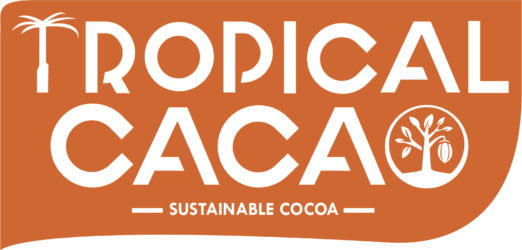The Ancient Secrets Hidden in Tropical Cacao
## The Sacred Origins of Chocolate
Long before chocolate became a global indulgence, tropical cacao held profound significance for ancient Mesoamerican civilizations. The Olmecs, Mayans, and Aztecs didn’t just consume cacao—they revered it as a divine gift carrying deep wisdom and power.
Archaeological evidence reveals cacao’s presence in human culture dating back more than 5,000 years. Ancient pottery vessels containing cacao residue tell us that the relationship between humans and this remarkable tropical plant has been evolving for millennia.
## Cacao as Currency: Value Beyond Taste
In ancient Mesoamerica, cacao beans served as currency—a literal form of “money growing on trees.” This economic role reflected cacao’s intrinsic value and scarcity:
– A turkey could be purchased for 100 cacao beans
– A avocado traded for 3 beans
– Services from skilled workers cost between 4-10 beans
This monetary use demonstrates how deeply cacao was integrated into ancient societies, representing both wealth and sustenance simultaneously.
## The Spiritual Dimension of Tropical Cacao
For ancient peoples, tropical cacao connected the physical and spiritual realms. Their wisdom recognized cacao as a sacred tool for:
### Divine Communication
Cacao ceremonies created spaces for connecting with deities and ancestors. The theobromine in cacao—a mild stimulant—kept participants alert during long ritual practices while inducing a gentle sense of euphoria interpreted as divine presence.
### Life Transitions
Major life events—births, coming-of-age ceremonies, marriages, and funerals—incorporated cacao to mark transitions and invoke blessing.
### Healing Practices
Ancient healers used cacao as medicine, understanding what modern science now confirms about its anti-inflammatory properties and cardiovascular benefits.
## Ancient Preparation Methods
The traditional wisdom of cacao preparation involved specific techniques that maximized both flavor and beneficial properties:
### Fermentation Wisdom
Ancient Maya developed fermentation techniques still used today, wrapping freshly harvested beans in banana leaves and burying them to undergo controlled transformation.
### Traditional Processing
After fermentation, beans were:
1. Dried under specific conditions
2. Roasted over open fires
3. Dehusked by hand
4. Ground on stone metates until smooth
### Sacred Recipes
Ancient cacao drinks differed dramatically from modern hot chocolate:
– Served at room temperature or cool
– Often spiced with chili, vanilla, or flowers
– Frequently unsweetened (sugar was unknown before European contact)
– Poured between vessels to create a prized frothy top
## Cacao in Ancient Cosmology
Cacao occupied a central place in ancient worldviews:
### In Creation Stories
Multiple Mesoamerican creation myths feature cacao as a gift from gods or as emerging from paradise itself. The Maya considered cacao trees as representing the axis mundi—the center of the world connecting different planes of existence.
### In Astronomical Alignment
Cacao planting often followed celestial observations, with farmers timing cultivation to lunar cycles and stellar movements.
### In Artistic Expression
Cacao pods appear consistently in ancient artwork, hieroglyphs, and codices—often associated with fertility, abundance, and divine blessing.
## Preserving Traditional Wisdom
Today’s tropical cacao farming communities maintain important connections to ancient wisdom:
### Sustainable Growing Practices
Traditional knowledge recognized that cacao thrives in biodiversity. Modern research confirms that shade-grown cacao in diverse forest settings produces superior beans while supporting ecological health.
### Heritage Varieties
Ancient farmers selectively bred cacao varieties for specific qualities. Modern conservation efforts focus on preserving these heirloom varieties that carry genetic wisdom developed over centuries.
### Cultural Continuity
In many regions, cacao harvest still involves ceremonies acknowledging the sacred relationship between people and this remarkable tropical plant.
## Traditional Knowledge for Modern Health
Ancient cacao wisdom anticipated many modern scientific discoveries:
### Heart Health
Pre-Columbian healers used cacao to strengthen the heart—a practice now supported by research showing flavanol-rich cacao benefits cardiovascular health.
### Mood Enhancement
Ancient users recognized cacao’s mood-elevating properties, understood today as the result of compounds that trigger endorphin and serotonin release.
### Anti-inflammatory Properties
Traditional healers applied cacao to reduce swelling and inflammation—effects modern science attributes to its antioxidant properties.
## Modern Applications of Ancient Wisdom
Today, we can integrate ancient cacao understanding with contemporary practices:
### Mindful Consumption
The ceremonial approach to cacao encourages slowing down to fully experience chocolate with all senses—a form of mindfulness practice.
### Quality Recognition
Ancient connoisseurs valued attributes in cacao that modern craft chocolate makers now champion: complexity, terroir, and proper preparation.
### Ethical Relationships
Indigenous wisdom around cacao emphasized reciprocity—taking from the land required giving back through care and gratitude.
## The Future of Tropical Cacao Wisdom
As interest in authentic food traditions grows, tropical cacao wisdom offers valuable insights:
### Biodiversity Preservation
Ancient cultivation methods that maintained forest ecosystems provide templates for sustainable chocolate production.
### Climate Resilience
Traditional growing techniques often demonstrate remarkable resilience to climate fluctuations—valuable knowledge as growing regions face climate change.
### Cultural Heritage
Preserving the cultural traditions around cacao helps maintain diverse knowledge systems developed through centuries of human-plant relationships.
## Experiencing Ancient Cacao Wisdom Today
You can connect with traditional cacao wisdom through several approaches:
### Seek Heritage Varieties
Look for chocolate made from ancient cacao varieties like Criollo or Nationale, which preserve genetic lineages known to ancient peoples.
### Support Traditional Growers
Choose chocolate from companies that work directly with indigenous communities still practicing traditional cultivation methods.
### Practice Mindful Tasting
Take time to experience chocolate fully—notice the complex flavors, the mouthfeel, the aroma. This sensory awareness connects you to how ancient people experienced cacao.
### Explore Ceremonial Cacao
Minimally processed cacao prepared specifically for ceremonial use offers a different experience than conventional chocolate—one closer to ancient traditions.
## Conclusion: The Continuing Journey of Cacao Wisdom
The wisdom embedded in tropical cacao traditions reminds us that this extraordinary plant is far more than just an ingredient. It carries millennia of human relationship, careful observation, and sacred connection.
When we approach tropical cacao with awareness of its rich history, we participate in a continuation of one of humanity’s most enduring plant relationships. The ancient secrets of cacao aren’t really secrets at all—they’re invitations to recognize the profound connections between plants, people, and planet that sustain us all.
By honoring the origins and traditional knowledge of tropical cacao, we ensure this wisdom continues to enrich human experience for generations to come—one mindful taste at a time.
—
*Interested in learning more about traditional cacao varieties and practices? Subscribe to our newsletter for monthly insights into the world of authentic tropical cacao.*


Tropical Cacao – Sustainable Chocolate
Cultivating Quality Cacao, Empowering Communities, and Crafting Excellence in Chocolate